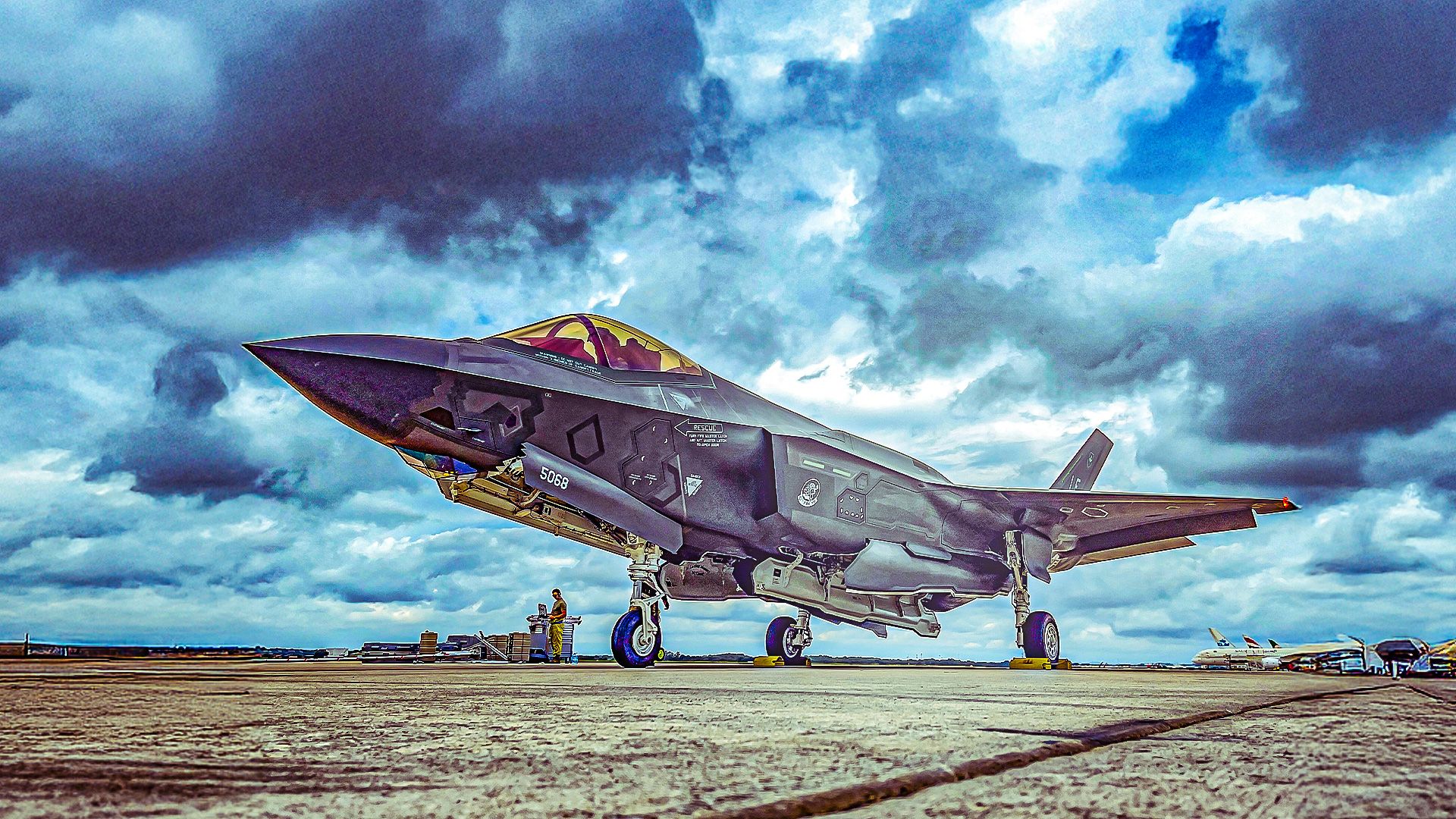The development of the Lockheed Martin F-35 Lightning II, intended to revolutionize air combat, has sparked debate about whether the United States invested too much time and resources into this ambitious project. More than two decades after its initial flight, the F-35 has become a dominant force within Western military inventories, yet it faces significant challenges related to cost, readiness, and technological upgrades. As the global defense landscape evolves with advancements in sixth-generation aircraft and unmanned combat air vehicles (UCAVs), questions arise about the implications of the F-35’s lengthy development process.
The F-35 program has consumed extraordinary political capital and funding. Its success is attributed to a sophisticated network involving industrial, tactical, and diplomatic engagement. However, this same ambition has also contributed to delays, allowing rival nations like China and Russia to advance their own military capabilities. The Chengdu J-20 Mighty Dragon achieved operational status a decade after its first flight in 2011, while the Sukhoi Su-57 Felon entered limited service in 2020. Additionally, a new generation of unmanned stealth aircraft, including the Boeing MQ-28 Ghost Bat and China’s CH-7 Rainbow, is redefining air superiority.
Since its first flight on December 15, 2006, the F-35 has undergone substantial development. The ongoing Block 4 modernization package aims to improve sensors, computing power, and weaponry, with a full rollout now expected by 2029. Meanwhile, the anticipated Adaptive Engine Transition Program (AETP) was canceled in 2024 due to cost overruns and integration challenges. By contrast, foreign programs like China’s J-20 and Europe’s future fighter initiatives are designed around open architectures, enabling faster technological adaptation.
The F-35’s evolution has been shaped by three primary forces: technological ambition, procurement complexity, and strategic patience. The Joint Strike Fighter (JSF) program aimed to create a versatile stealth aircraft capable of meeting the diverse needs of the United States Air Force, Navy, and Marine Corps. This convergence of operational requirements led to remarkable innovations, such as the lift fan system in the F-35B variant. However, it has also produced significant engineering challenges that continue to affect the aircraft’s performance.
International collaboration has been a hallmark of the F-35 program. Eight partner nations, including the US, UK, and Canada, have invested in its development, seeking industrial participation and design influence. While this multinational approach has slowed the development process due to the need for extensive testing and approval, it has also established the F-35 as a shared standard among NATO allies. As of 2025, more than 20 countries either operate or have ordered the F-35, which has created interoperability across allied air forces.
The F-35 was deliberately designed for longevity, allowing for ongoing digital upgrades through software-defined improvements. Each development block enhances capabilities, but the aircraft remains locked in a perpetual modernization cycle, where new features often face delays due to integration challenges. According to the US Government Accountability Office (GAO), the F-35 has become the most expensive weapons system in history, with a projected lifetime cost exceeding $1.7 trillion. Supporters argue this figure reflects shared value, while critics contend it illustrates bureaucratic inertia.
Feedback from pilots and operators reveals a mixed but improving perspective on the F-35. Many praise its situational awareness, enabled by its ability to integrate various data sources into a cohesive display. In multinational exercises, the F-35 has effectively served as an information hub, sharing data across platforms. However, operational challenges persist, with a 2025 GAO review indicating that mission-capable rates for the US fleet average only about 55 percent, significantly below the Pentagon’s benchmark of 80 percent. Issues such as engine wear and software update delays continue to hinder operational readiness.
When comparing the F-35 to emerging rivals and technologies, its competitive edge lies in networked warfare rather than sheer speed or agility. Against advanced fighters like the J-20 and Su-57, the F-35 excels at sharing targeting data and coordinating missile engagements. The next evolution in air combat appears to be collaborative combat aircraft (CCA), with programs in the US, UK, and Australia pursuing loyal-wingman drones that can accompany manned fighters.
Despite its strengths, the F-35 faces significant challenges in adapting to a rapidly changing technological environment. As newer detection systems emerge, the fighter’s stealth capabilities may become compromised, raising concerns about its long-term viability. The F-35’s extensive supply chain, with over 1,800 suppliers across 45 US states, has made any discussions about its cancellation politically sensitive, ensuring its continuation but potentially diverting funds from other modernization efforts.
Looking ahead, the F-35 Lightning II represents both a significant achievement and a cautionary tale. It has unified allied airpower under a digital system, delivering unparalleled stealth and interoperability. However, its prolonged development has blurred the line between progress and stagnation. For policymakers and military leaders, the F-35’s journey serves as a reminder that technological superiority must outpace bureaucratic constraints. As the US and NATO look toward the future, the F-35 is likely to remain a central element of air operations, increasingly integrated with drones and next-generation aircraft. The real question may not be whether the US “lost the race,” but how it chooses to navigate the challenges of the next one.







